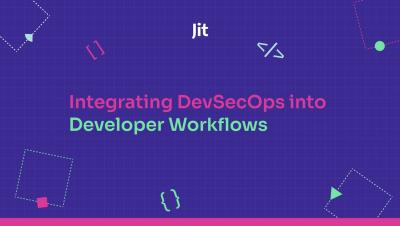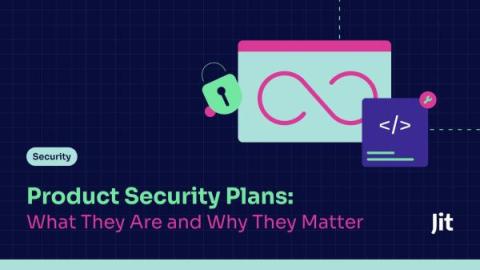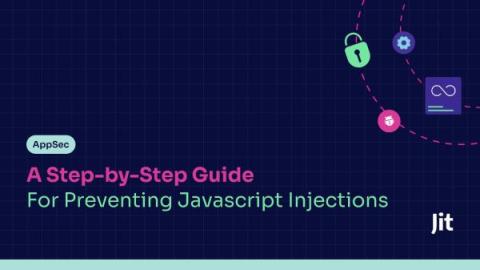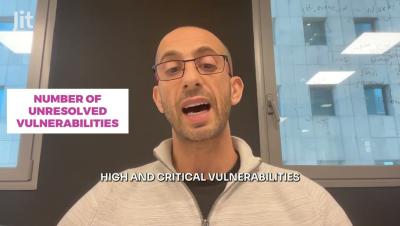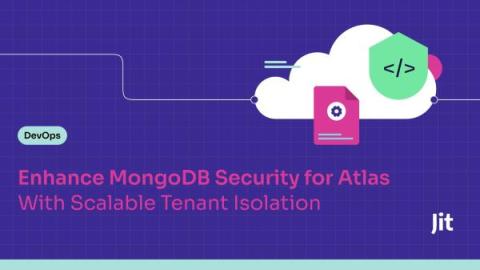State of DevSecOps
Shipping secure code rapidly and at scale is a challenge across the software industry, as evidenced by continued news of high-profile data breaches and critical vulnerabilities. To address this challenge, organizations are increasingly adopting DevSecOps, a practice in which application developers work closely alongside operations and security teams throughout the development life cycle.





